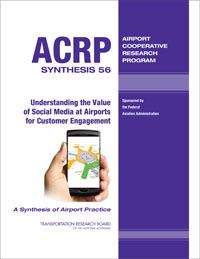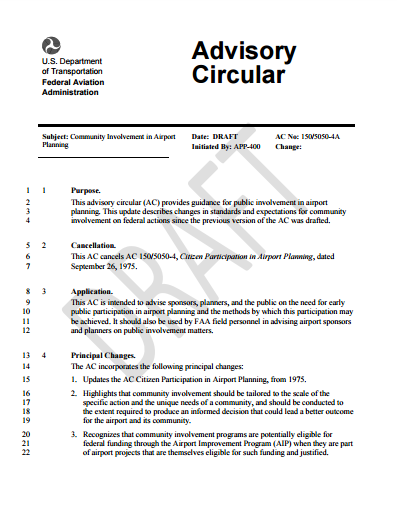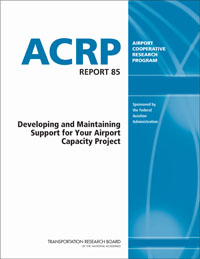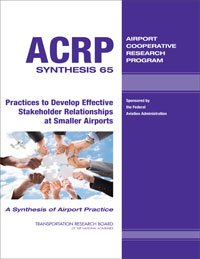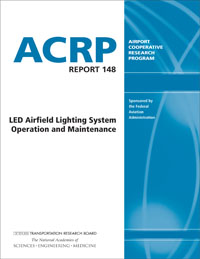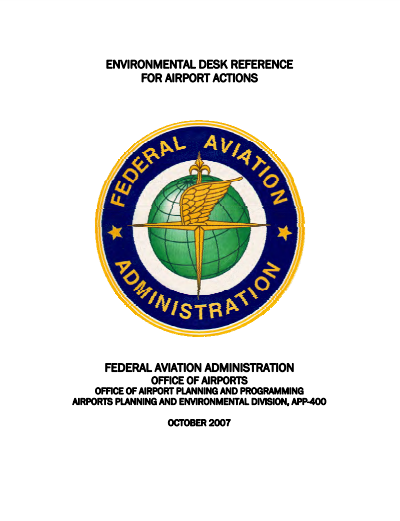ACRP Report 34: Handbook to Assess the Impacts of Constrained Parking at Airports
Abstract
Parking accounts for a significant portion of non-airline airport revenues. It is not just the public who needs parking options; airport employees require a significant number of spaces, often at fees and rates below market value, and accommodating airport employees is vital to airport operations and airport tenants. Airports can also have parking constraints due to policy decisions. For example, decisions to reduce the number of single-occupancy trips may have an effect on airport parking that needs to be examined. Airports need to better understand how to assess and evaluate how strategies to deal with parking constraints or to alter demand will impact their financial plans, vehicle traffic and congestion, and emissions. ACRP Report 34: Handbook to Assess the Impacts of Constrained Parking at Airports discusses the different types of parking constraints that airports experience, provides tools to assess the impacts of the constraints and strategies to deal with them, and provides a predictive modeling tool. The modeling tool will assist in determining the effects of implementing various strategies. The report considers two types of customers when addressing parking strategy: (1) the flying public and their mode of transportation in getting to/from the airport and (2) employees. Financial, traffic and congestion, emissions, and customer service impacts will vary by strategy as well as by circumstance at an individual airport and the customer base served at that airport. The handbook and modeling tool will be useful to airport executives, planners, chief financial officers, and metropolitan planning organizations in determining solutions to parking constraints.
